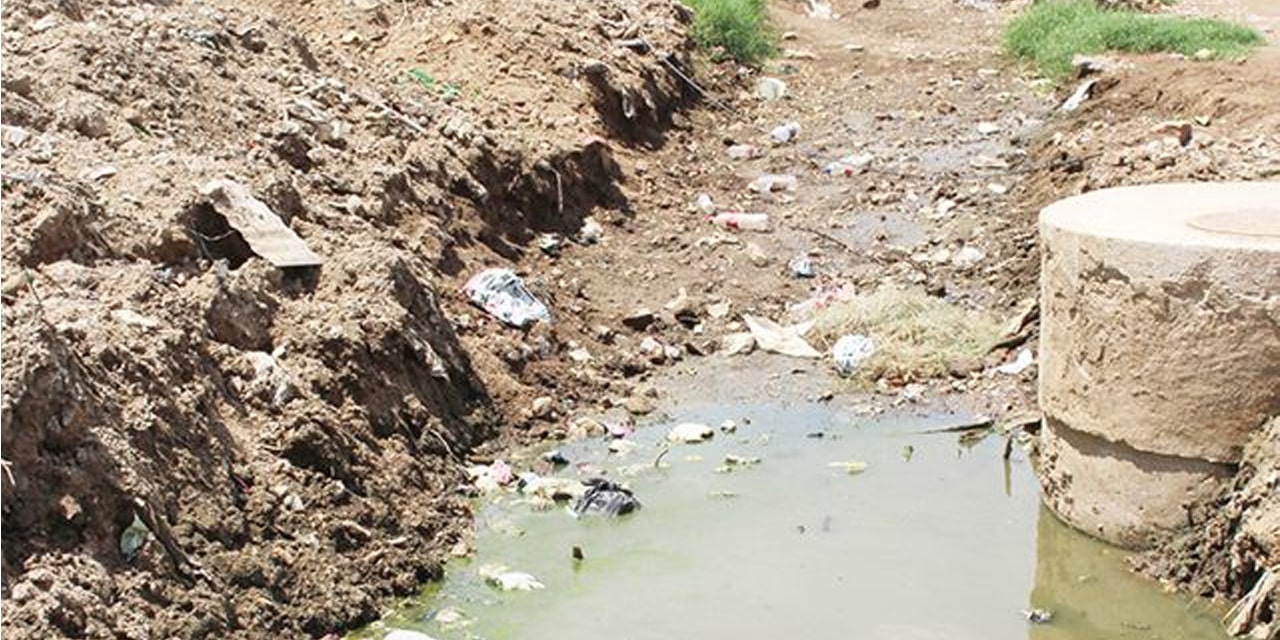Clifton Movirongo
Hepatitis E Virus (HEV) continues to spread in the country, with 31 new cases reported from 06-17 September 2020 compared to 29 cases reported in the previous reporting period, 10-23 August 2020.
According to the Ministry of Health and Social Services (MoHSS), as of 20 September 2020, a cumulative total of 7,966 HEV cases were reported since the outbreak was declared in December 2017.
Khomas Region according to Ministry of Health figures accounts for the highest number of cases at 62 percent followed by Erongo Region with 21 percent of the cases. The remaining 17 percent of reported HEV cases were from the other regions of the country with an overall of 66 deaths.
The last recorded death was on 17 of September. This was a HEV related maternal death.
HEV maternal deaths stand at 27 (6.2 percent) with a total number of 435 maternal cases reported latest figures show.
Namibia’s World Health Organisation (WHO) Representative, Dr Charles Sagoe-Moses, says his organisation will continue to work with the Namibian government towards disrupting the active transmission of HEV in all affected communities through their financial and technical support.
According to Dr Sagoe-Moses, the activities will largely build on existing and ongoing programmes of the MoHSS.
“A special grant will be given to the Namibia Red Cross Society for community engagement in the informal settlements of Windhoek, Swakopmund and Walvis Bay,” he told the Windhoek Observer.
This comes as the Ministry of Health and WHO held consultative meetings to allocate donated resources strategically focussing on using it where it is needed the most. Hence, most of the resources were allocated to the Khomas and Erongo Regions which still carries the brunt of the outbreak.
“We are happy to note that the intervention on preventing COVID-19 had positive impacts on the rate of transmission for HEV. We are witnessing a steady decrease in number of new cases. We commend the government for the initiative on decongesting informational settlements and increasing provision of safe water and improved sanitation to the informal settlements,” said Dr Sagoe-Moses.
WHO’s amalgamation project with government is expected to improve the overall health and dignity of the Namibian population, and greatly contribute to ending the HEV outbreak in the country.
MoHSS Epidemiology HEV Incident Manager Emmy-Else Ndevaetela said the MoHSS continues to work with partners and stakeholders to sustain efforts to control the HEV outbreak. “The Japanese, WHO, MoHSS project is a testimony to these partnerships,” she stated.
Training of health care workers in Khomas region on the use of the rapid diagnostic tests (RDTs) is scheduled for 13 and 14 October 2020 dates and for other regions training is still to be determined.
Ndevaetela confirmed to the Windhoek Observer that, “early detection remains the key focus especially to the high-risk group. Therefore, we will continue with screening and testing for HEV at the point of care health facilities by using the RDTs kits.”
“This will help with early care and management especially in maternal cases. With the RDT available at the health facilities, all pregnant women presenting at antenatal care with signs and symptoms of HEV (jaundice) will be screened and tested for HEV,” she said.
The government of Japan committed a grant of little over N$4 million to the MoHSS through the World Health Organisation (WHO), to support Namibia’s work to address the ongoing HEV outbreak. This project was launched on 13 August 2020 with a main focus to enhance activities in response to the HEV outbreak, in the six regions: Khomas, Erongo, Omusati, Ohangwena, Kavango East and Kavango West. They will operate their program through community engagement, strengthening laboratory services, surveillance and case investigation.
Hepatitis E is an enterically transmitted infection that is typically self-limited. It is caused by the HEV and is spread by fecally contaminated water within endemic areas or through the consumption of uncooked or undercooked meat.




